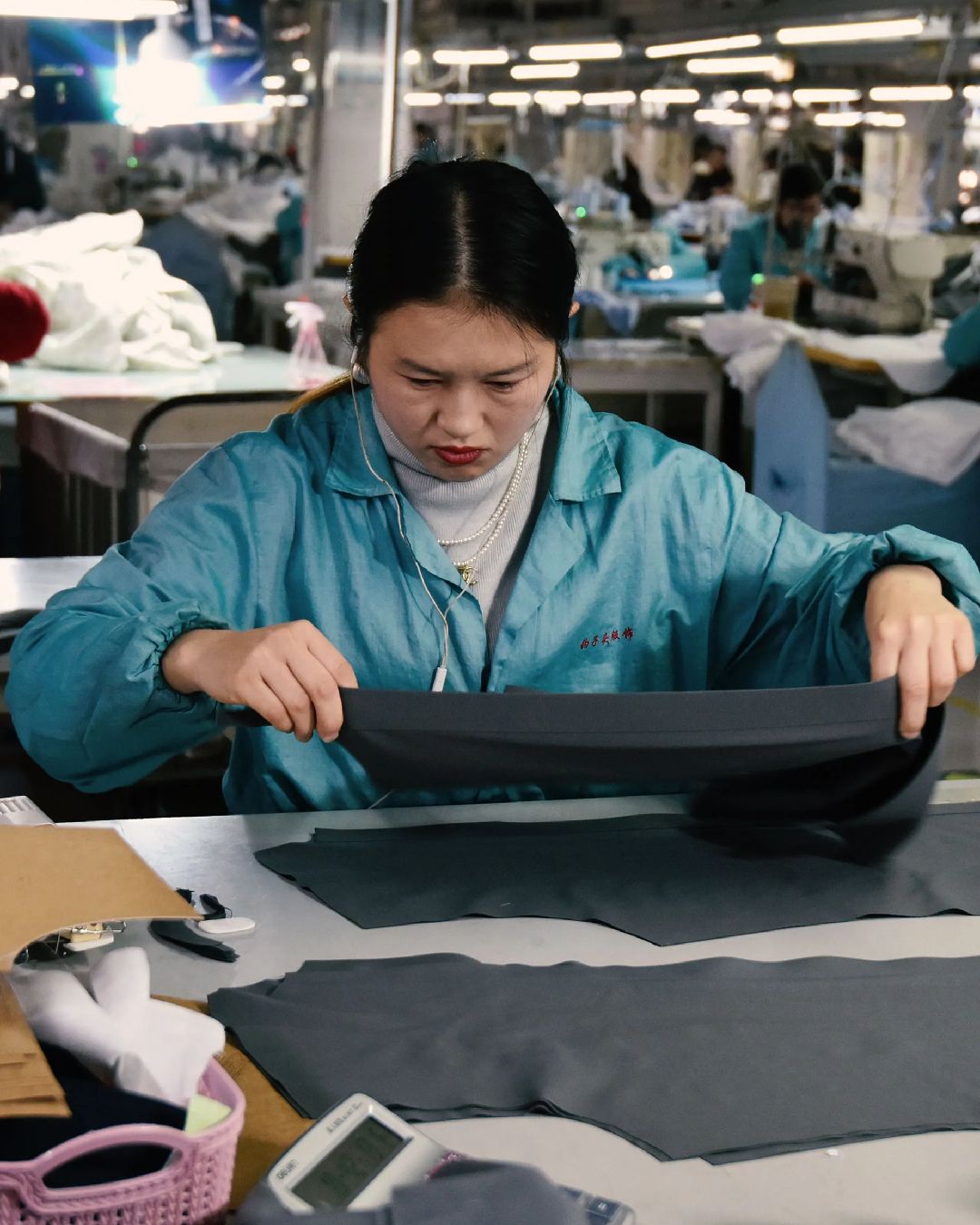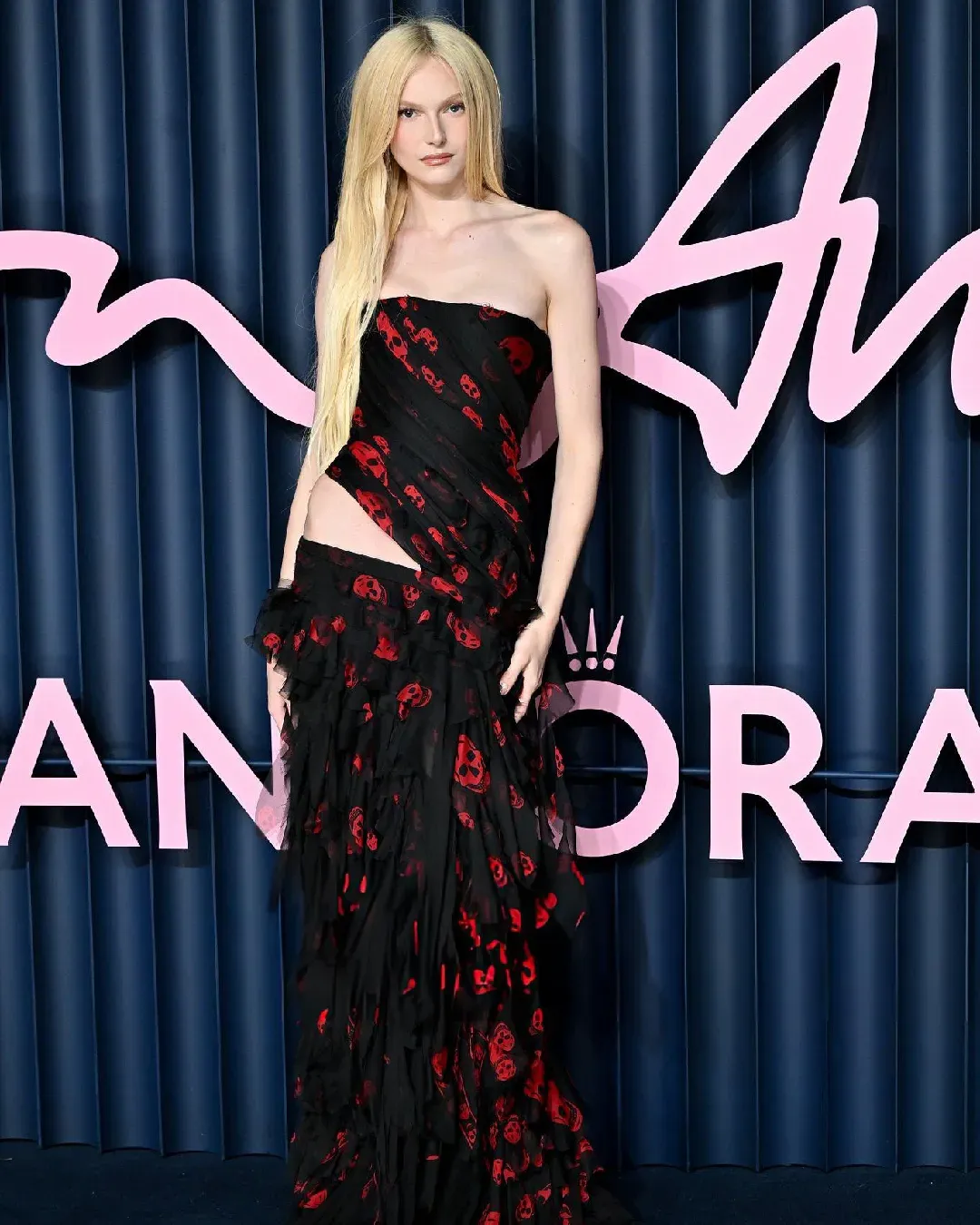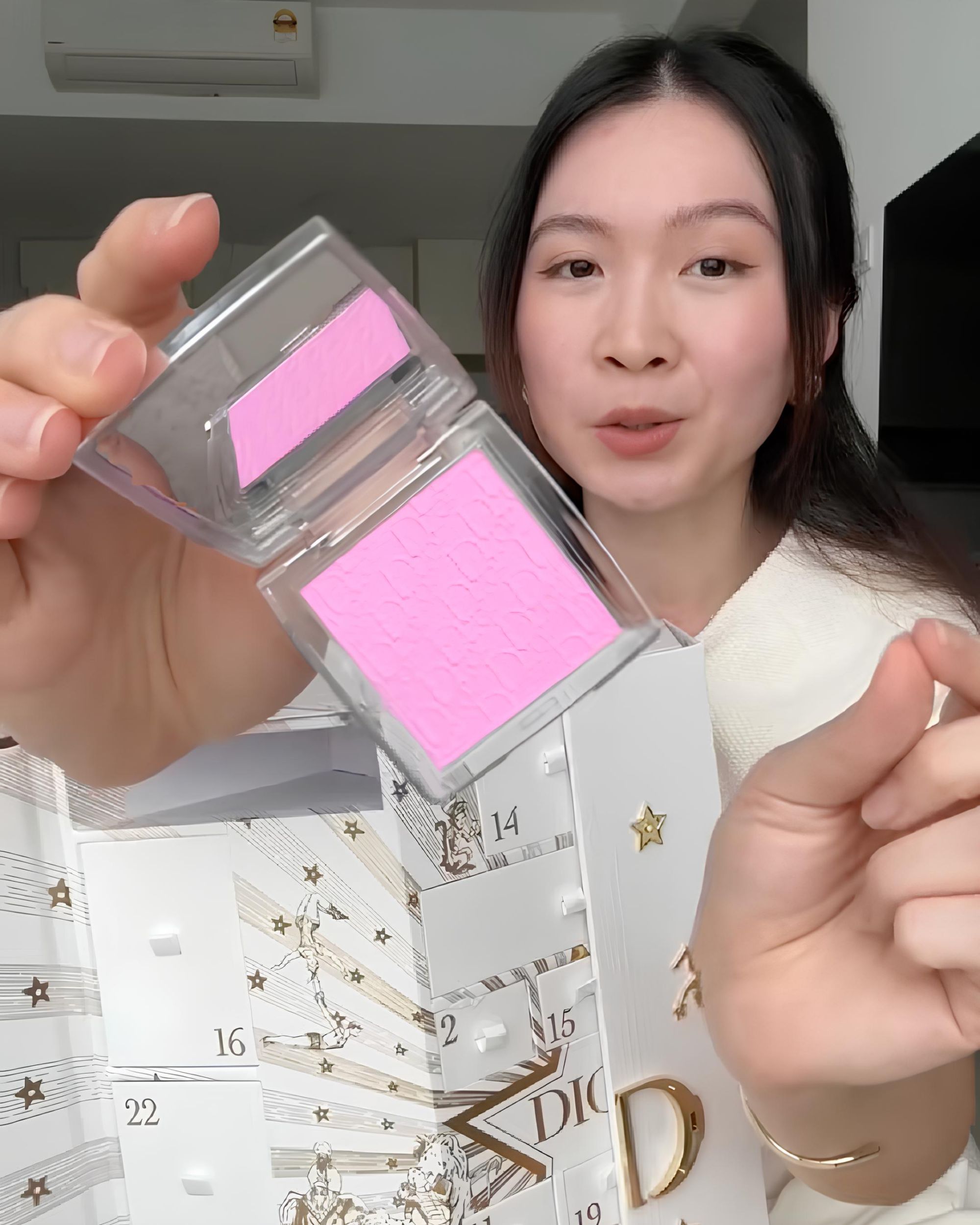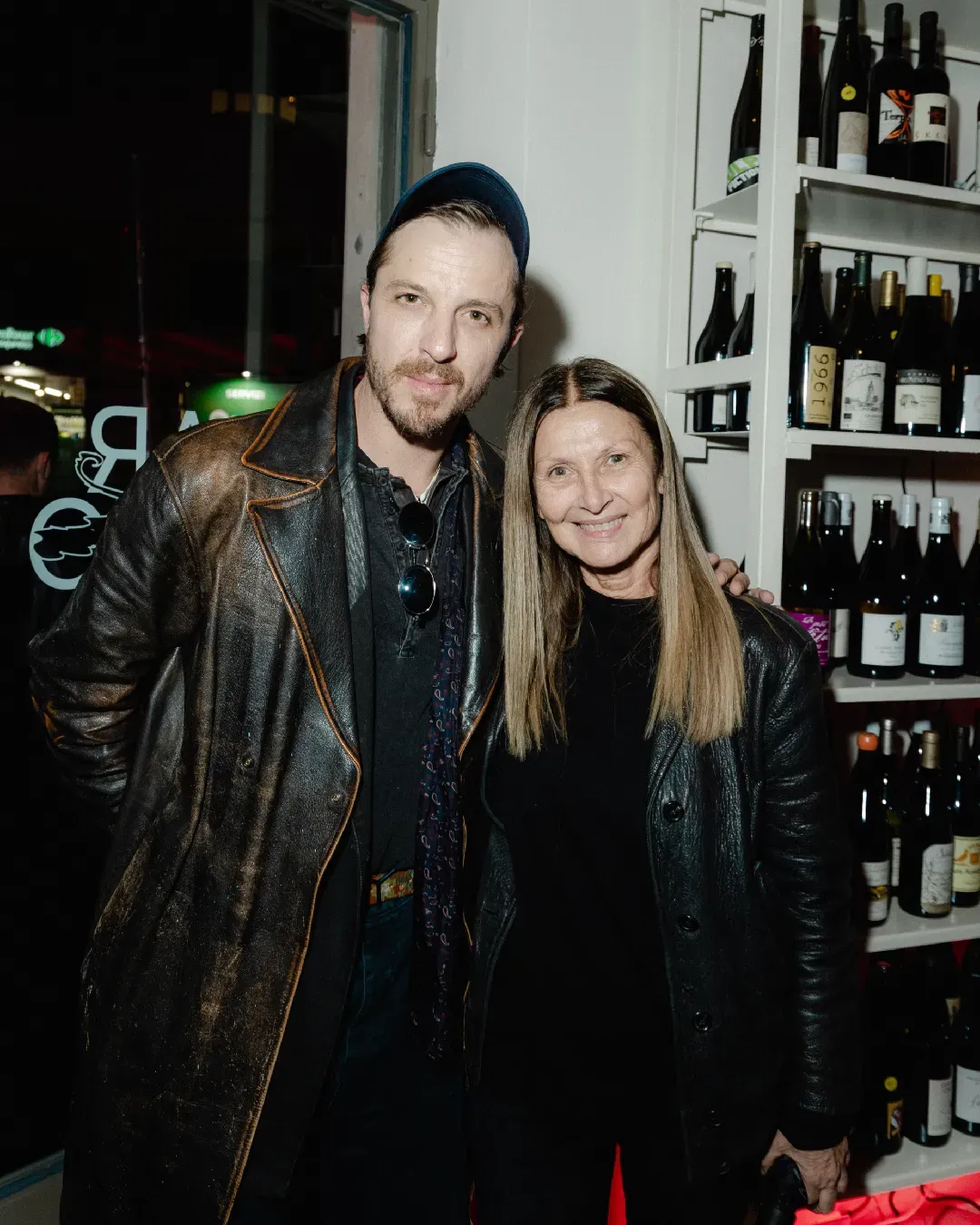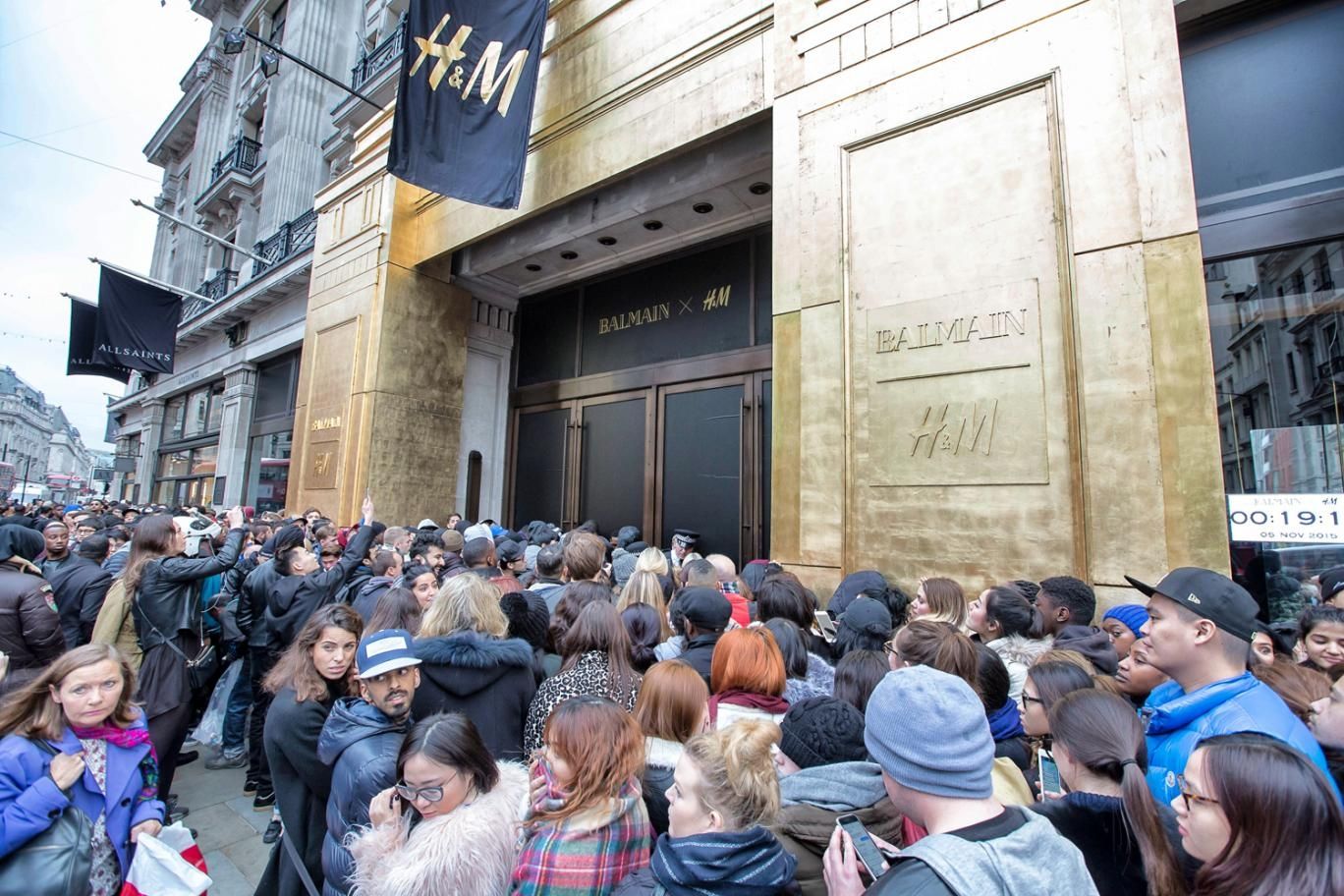
Why designer collaborations have changed the way people perceive luxury
“We have a lot of visitors on the site right now. This is due to the high level of interest in our latest collection. We are working as efficiently as possible to give you access. Please try again soon.
Please note: items placed in the shopping bag are not reserved, so once you have chosen your items proceed immediately to the checkout.
Thank you for your patience!”
These are the words with which H&M welcomed this morning all the users interested in buying, or simply seeing, the capsule collection signed by Balmain for the Swedish fast fashion giant.
The images of the event offered by the web are explicative as well: endless lines and people running through the doors of the stores to grab the highest number of items, without – apparently – even checking the size or model. The important is to bring the trophy home: a garment (no matter which) of the most awaited collection in limited edition.
In the past years – precisely 11, since in 2004 H&M started its acclaimed collaborations with the most iconic luxury brands at an international level – it is not the first time we bump into this kind of images.
Before Olivier Rousteing for Balmain, there have been Karl Lagerfeld, Stella McCartney, Lanvin, Marni, Versace, Alexander Wang and many more, and the outcome was likewise epic. A thing seems certain: the fashion public – or better, the fast fashion one – doesn’t care about which brand signed the item. The important is the item is branded, and owning it before everyone else.
But why do these designer collaborations promoted by H&M always obtain such a big success?
Analysis in 5 points:
#1 The desire of owning something exclusive. One of the main characteristic of these collections is brevity: the items sell out in the time of a day (actually a morning) and if you manage to get one, you’re a kind of myth.
#2 The illusion you can buy a luxury brand at a fast fashion prize. If it’s true that the brand next to H&M on the label is always synonym of luxury (and inaccessible prizes) the quality is often the one of mass production. But collab enthusiasts don’t care: all they care about is the name of the designer printed on their t-shirts.
#3 The desire of belonging to a social group. Often the launch of the collection follows the long wait of the interested customer. Normally this kind of shopping is made in group – or with the bff – and owning the item becomes an emblem of efriendship and esteem.
#4 A link between myth and reality. H&M has the merit of having made fashion democratic: thanks to the brand, everyone can own a branded item, exactly like the ones wore by the style heroines seen on the web (or, thinking of 2004 – on slick magazines).
#5 The event of the year. If for the fashion insiders the launch of the collection is only the nth excuse to celebrate fashion, to the basic costumer of the product it is an exclusive event, impossible to miss.











































